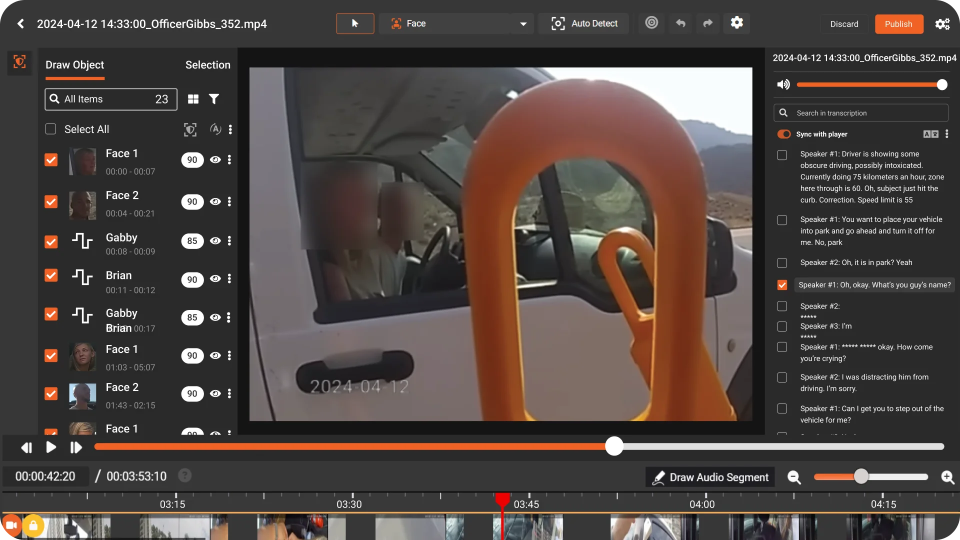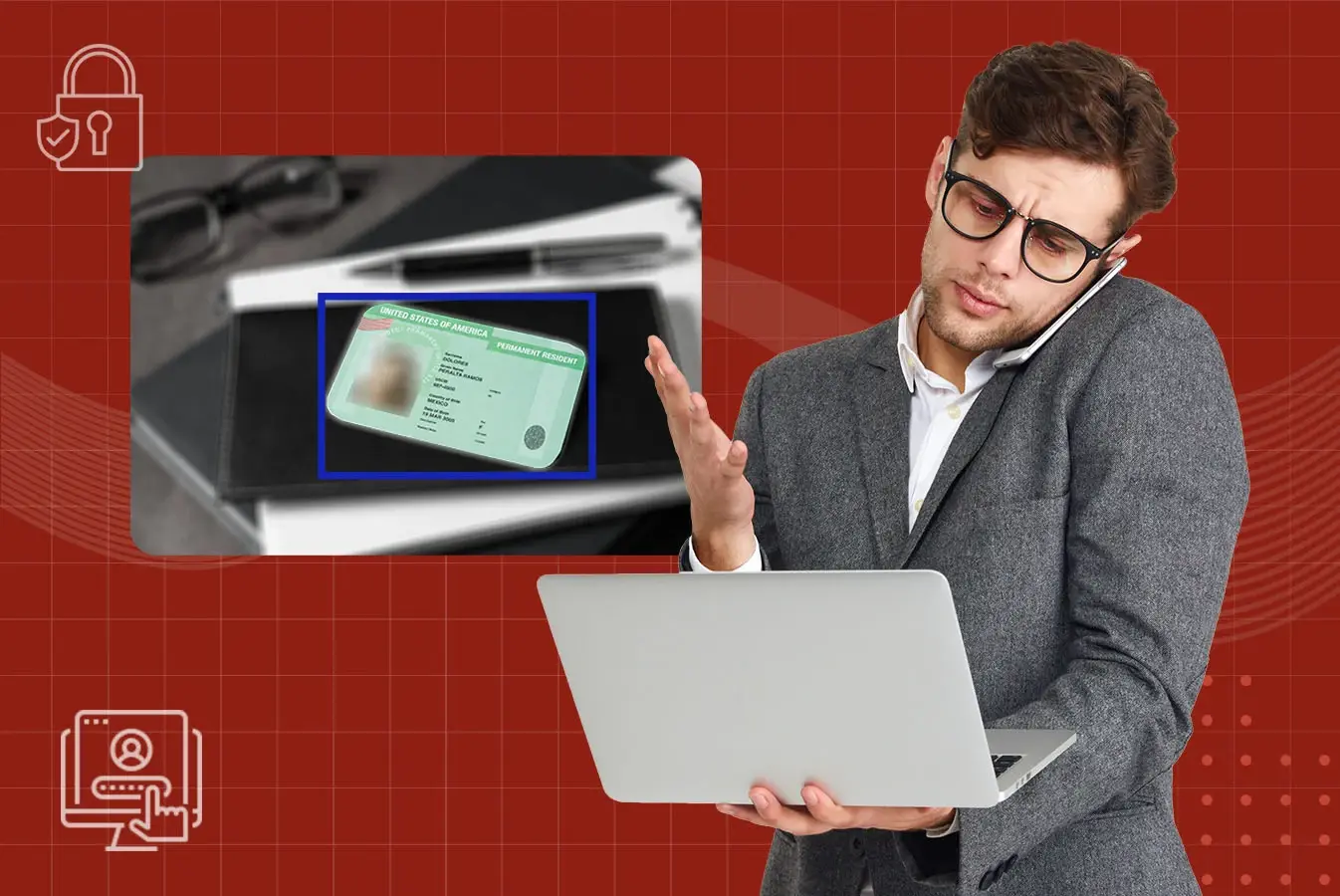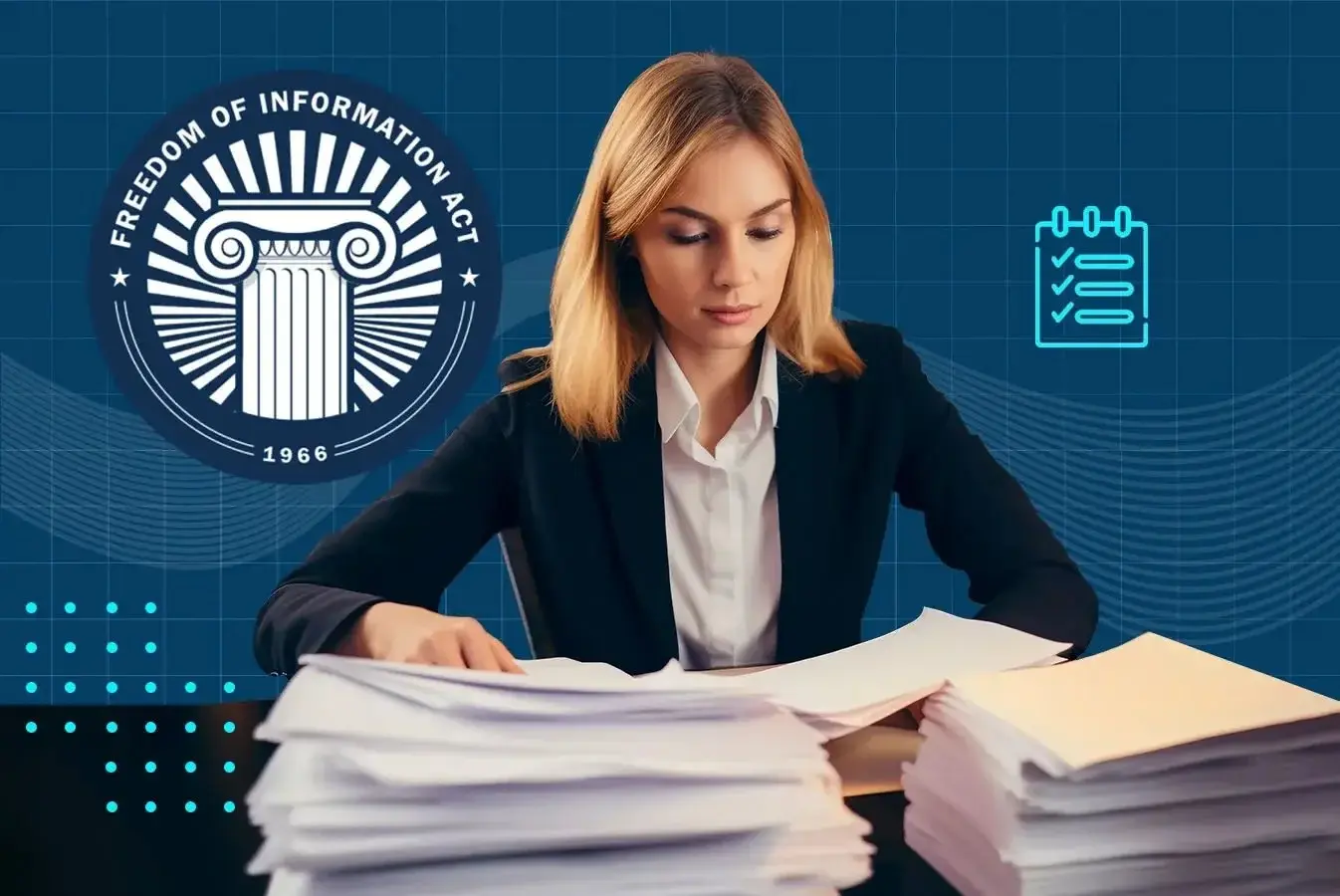The Silent Tax of Manual Redaction and How a Unified Redaction Pipeline Ends It
by Rafey Iqbal, Last updated: November 24, 2025, Code:

If you’ve ever missed a FOIA deadline, faced a near-missed data exposure from a manual error, or watched a team burning a weekend redacting video frames one by one, you know the problem.
It’s not just that legacy redaction workflows are slow. It’s that they impose a ‘silent tax’ on your organization. This usually takes the form of exhausted employees, legal vulnerabilities, and the opportunity cost of what your team could have been doing instead.
For decades, the process has been a fragmented ritual:
- Scan documents into “dumb” and non-searchable PDFs
- Run shaky OCR, creating a text layer you can’t fully trust
- A human clicks through hundreds of pages in a separate tool, an exercise in soul-crushing monotony
- Archive and hope the right boxes were blacked out, blurred, or pixelated
You see, each stage introduces friction and delays. But the cost of this ritual isn’t just in person-hours. It’s in risk too. A single unredacted Social Security Number (SSN) in a 500-page disclosure can trigger a compliance nightmare. A missed face in a 30-minute bodycam video can become a national headline.
From Linear Chains to an Intelligent Mesh
-2.png?width=1920&height=1080&name=Untitled%20design%20(2)-2.png)
The solution isn’t another piece of software. It’s a fundamentally new architecture that replaces these linear steps with a unified, intelligent system. Thinking of it as a pipeline narrows it down. I would like to think of it as a compliant-by-design data mesh.
Here’s how it operates in practice:
Universal Ingestion and Deep Indexing
This marks the end of “unsearchable” files. The system natively ingests documents, video, and audio, but it doesn’t just OCR them. It performs a deep, multimodal index.
For a video file, this means it simultaneously generates a transcript, detects on-screen text (like a license plate), and identifies objects (like faces or weapons). Suddenly, you can search for “the suspect mentioned his bank account number” and find the exact moments across hours of footage.
Context-aware Detection
This is where legacy tools fail. Simple regex looks for patterns like XXX-XX-XXXX. But what about when a number is written out as “four-five-five, zero-nine...” in an audio transcript?
Modern systems use a combination of specialized AI models and large language models (LLMs) to understand context. They don’t just see words. They understand that “I live at 123 Maple Street” is an address, “his Medicare ID is...” is PHI, and “let me give you my credit card” is a PCI trigger. This contextual layer is what reduces false negatives to near zero.
Automated Redaction with a Human Touch
Once detected, the system doesn’t just black out text or blur objects. It applies pixel-level redactions to video, mutes or bleeps audio segments, and redacts sensitive information across file types, including videos, audio, documents, and images, in a legally defensible manner. This means that the original file is preserved with a tamper-proof audit trail of every action.
The Built-in Audit Trail
Every action is logged. Every redaction is justified by a specific detected entity. This creates an immutable chain of custody that satisfies the strictest CJIS, FOIA, or HIPAA audits. You can prove that the process was thorough, consistent, and compliant.
The Impact
This unified architecture enables organizations to:
- Build custom OCR and redaction workflows
- Integrate with systems like SharePoint, M365, or case management tools
- Scale processing pipelines on private cloud or hybrid (on-prem + cloud) environments
Whether you’re an agency, prosecutor’s office, healthcare provider, or enterprise compliance team, the same pipeline can be adapted to meet your unique governance and privacy needs.
By unifying OCR, redaction, and compliance in a single platform, organizations can achieve:
- A drastic reduction in manual review time
- Faster FOIA and disclosure response turnaround
- Improved accuracy and reduced risk of unredacted data exposure
- Centralized governance over every file, user, and workflow
The Future is Not Just Faster, It’s Safer
The goal is no longer just to check a compliance box. It’s to turn your sensitive data from a liability into a secure, searchable asset. By unifying this entire lifecycle, from ingestion to indexing, detection to redaction, and finally to audit, you don’t just work faster. You finally have the confidence that when you click “Publish,” the only thing you’re disclosing is what you intended.
Ready to eliminate the silent tax of manual redaction. Bring your most complex redaction challenge: thousands of pages, hundreds of hours, multi-format evidence, a tight deadline. We’ll show you how our platform delivers the results you need. Schedule your meeting today.
Jump to
You May Also Like
These Related Stories

Addressing PII Redaction Challenges with An Advanced Redaction Software

Ensuring Employee Survey Confidentiality with PII Redaction software


No Comments Yet
Let us know what you think